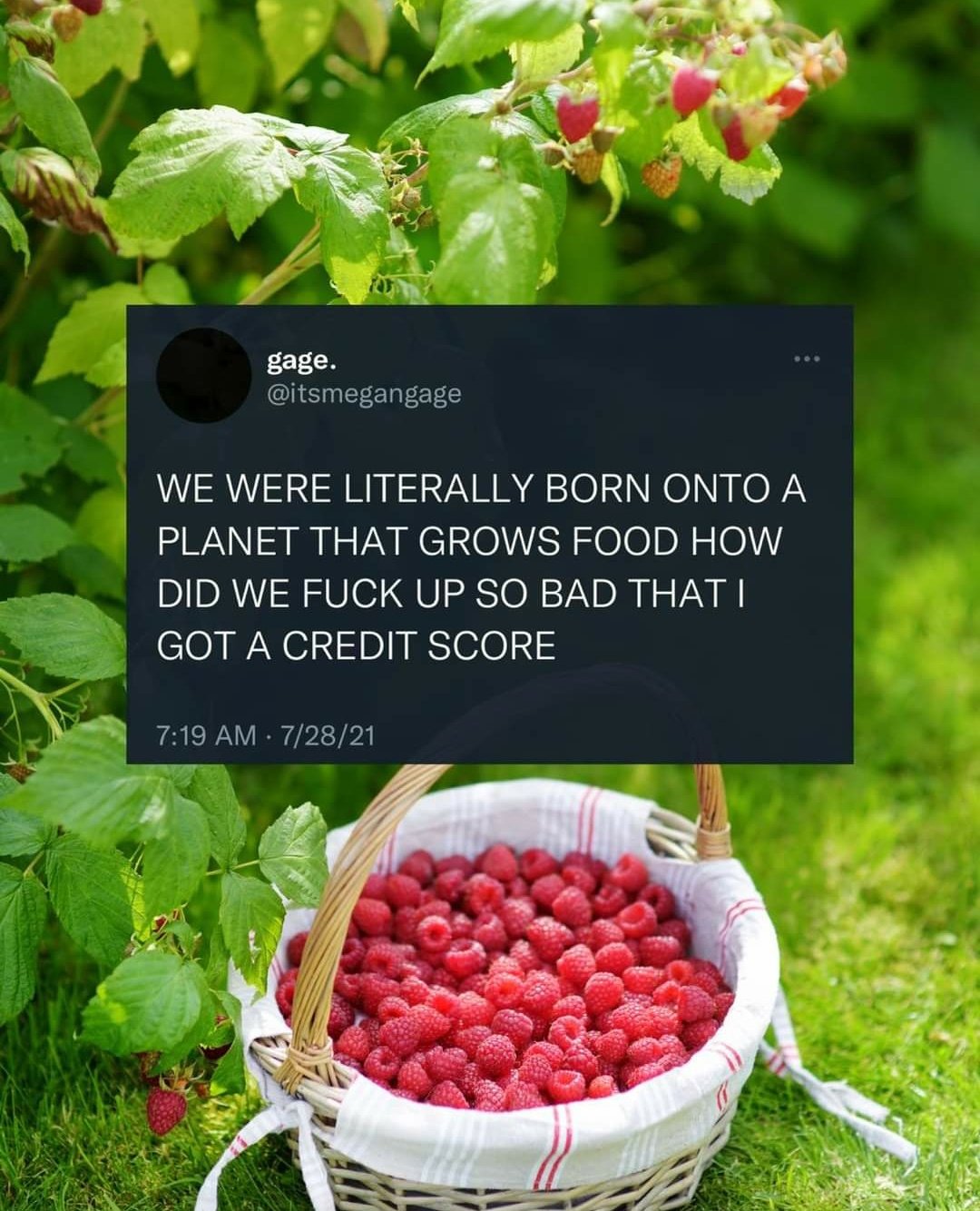Not just strictly aquatic animals, either.
On the basis of monitored natural inland wetlands (including peatlands, marshes, swamps, lakes, rivers and pools, among others), 35% of wetland area was lost between 1970 and 2015, at a rate three times faster than that of forests.
Brazil’s Pantanal is at risk of collapse, scientists say (2022):
The Pantanal, which means “great swamp” in Portuguese, is the world’s largest tropical wetland, even bigger than the state of Florida.
This wetland savanna lies in the heart of South America and boasts one of the continent’s highest concentrations of plants and animals.
Pantanal’s intense blazes stoke fears of another destructive fire season (2024):
The clearing of vegetation for large-scale agriculture is also a growing problem in the wetlands. The Pantanal lost more than 49,600 hectares (122,600 acres) of native vegetation last year, according to MapBiomas, a 59% increase in deforestation from the previous year. “Because of the drought, people are clearing areas, deforesting, in the center of the Pantanal,” Rosa said.
Act now or lose the Pantanal forever (2024):
This year, over two million hectares of the world’s largest wetland, the Pantanal in Brazil, have burned, as agribusiness drains it and climate change dries it, reducing river flows and allowing fires to spread.
While the fires that ravage [the Pantanal] are often set by individual ranchers, they are worsened by a toxic mix of drought and extreme weather caused by the climate crisis, land clearing for cattle ranching and monoculture farming, mining, road construction, and hydropower. It is also largely unprotected – around 93% of the Pantanal is private land, and 80% of that is used for cattle ranching.
Indonesia is clearing vast peatlands to grow food. Climate costs are dire. (2024):
From 1995 to 1998, Indonesian dictator Suharto led a project to cultivate nearly 2.5 million acres. To drain wetlands in Kalimantan, more than 2,000 miles of canals were dug, many of them so wide that they’re still visible from airplanes decades later. A group of visiting European researchers said at the time that it would take centuries for the ecosystem to recover. “Peatland destruction,” they warned, “is an irreversible process.”
World’s biggest deforestation project gets underway in Papua for sugarcane (2024):
A total of 2 million hectares (5 million acres) of forests, wetlands and grasslands in Merauke district will be razed to make way for a cluster of giant sugarcane plantations, part of the Indonesian government’s efforts to boost domestic sugar production.
Indonesian forestry minister proposes 20m hectares of deforestation for crops (2025):
The clearing of 20 million hectares of forests could release up to 22 billion metric tons of carbon dioxide, equivalent to the annual emissions from nearly 5,300 coal-fired power plants.
The same patterns keep repeating. Until humans learn to consider other beings and their habitats, the problem will continue to get worse.
Veganic agricultural practices, including syntropic agriculture and agroforestry techniques, can produce food sustainably, free up land currently used for grazing and "livestock" feed, and spare vulnerable ecosystems like wetlands, all while mitigating climate change.

Not just strictly aquatic animals, either.
Brazil’s Pantanal is at risk of collapse, scientists say (2022):
Pantanal’s intense blazes stoke fears of another destructive fire season (2024):
Act now or lose the Pantanal forever (2024):
Indonesia is clearing vast peatlands to grow food. Climate costs are dire. (2024):
World’s biggest deforestation project gets underway in Papua for sugarcane (2024):
Indonesian forestry minister proposes 20m hectares of deforestation for crops (2025):
The same patterns keep repeating. Until humans learn to consider other beings and their habitats, the problem will continue to get worse.
Veganic agricultural practices, including syntropic agriculture and agroforestry techniques, can produce food sustainably, free up land currently used for grazing and "livestock" feed, and spare vulnerable ecosystems like wetlands, all while mitigating climate change.